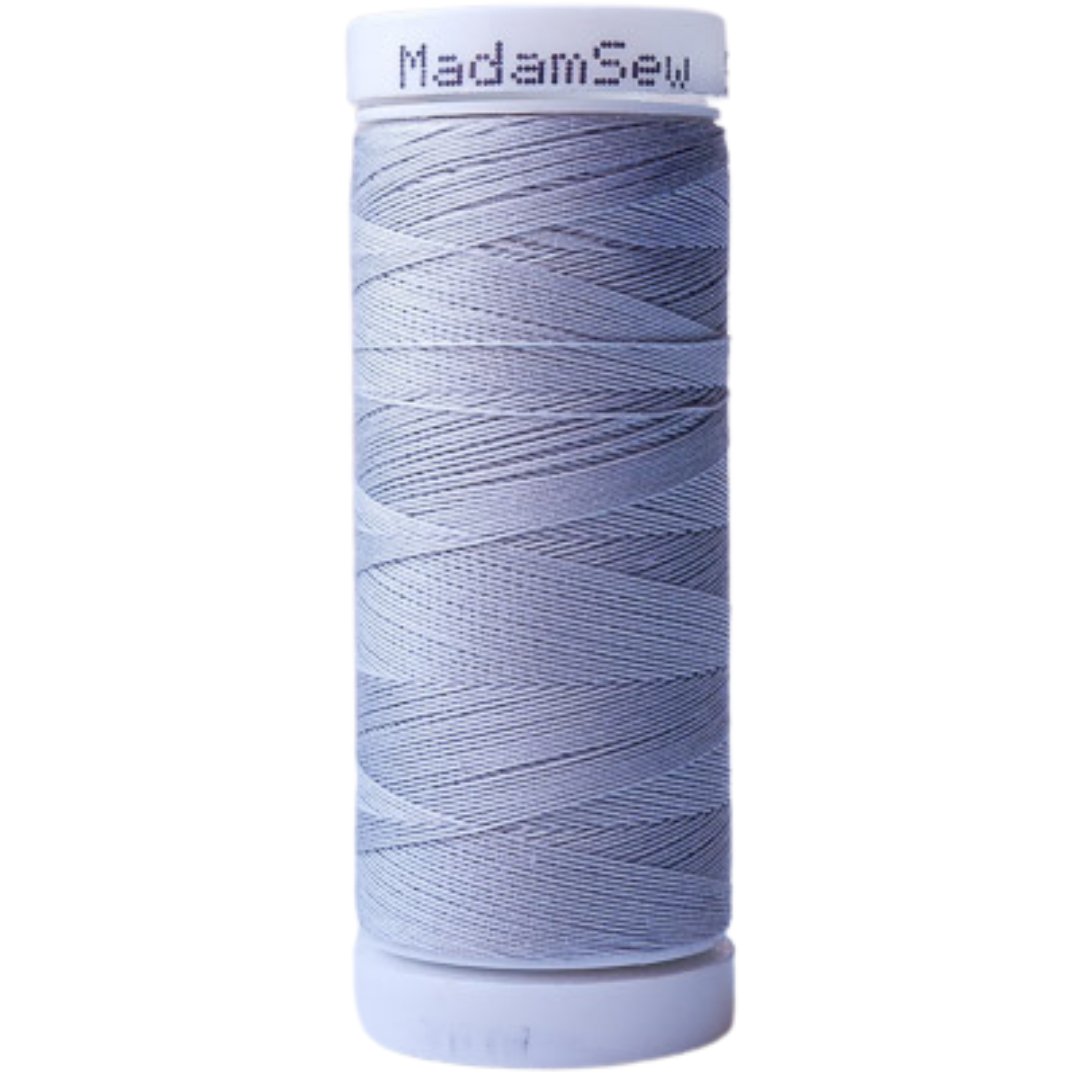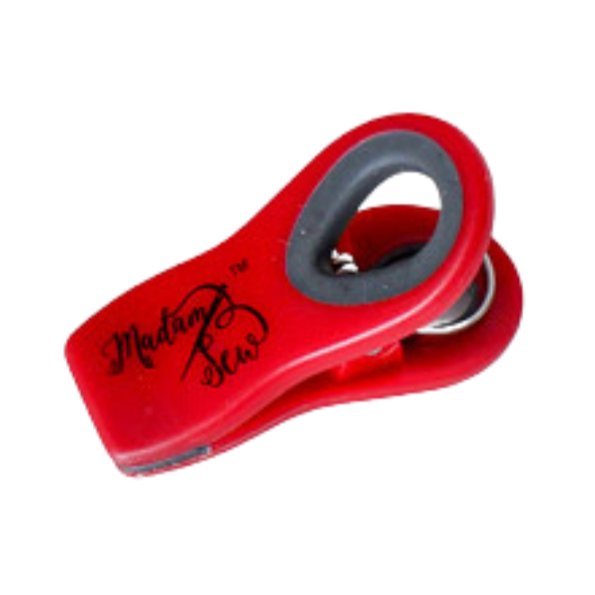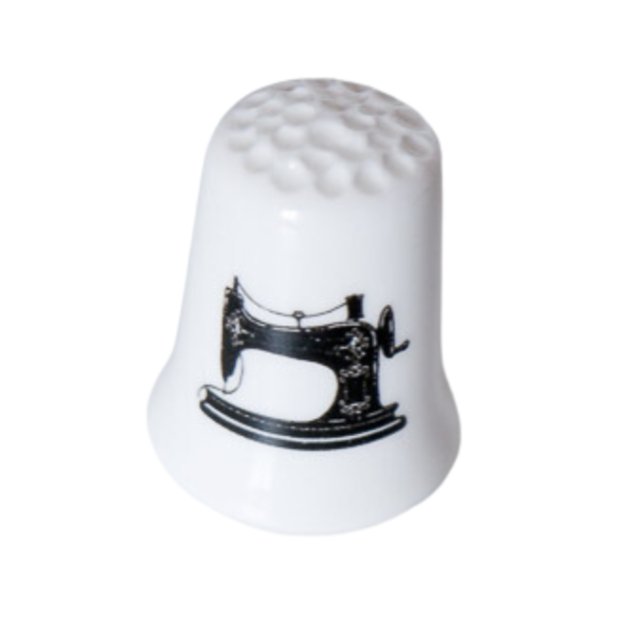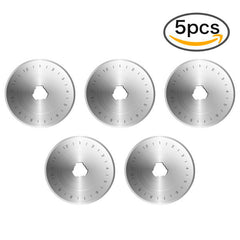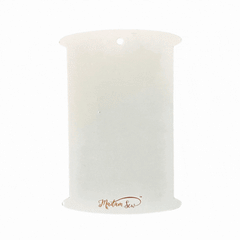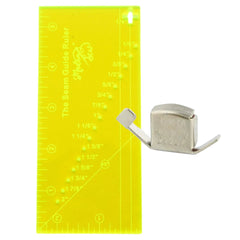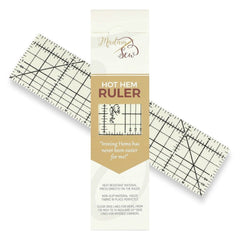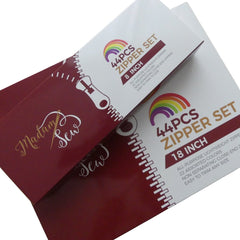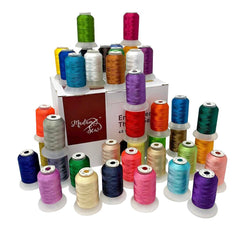Understanding Everything About Sewing Zippers
Adding a zipper to a sewing project can be intimidating. I was planning to do a post on how to sew an invisible zipper with the invisible zipper foot, but as I was researching and gathering information for this post, my introduction kept on growing and soon became a whole article. There is a lot to explain and discover about zippers. I promise you, the invisible zipper post will be one of my next posts.
Today, you’ll get some information about zippers, zipper feet, and how to install zippers in different projects. I hope it gives you the confidence to choose the right zipper for a sewing project and use a zipper presser foot properly. In addition, this post shows some good tutorials about the different techniques for inserting zippers and gives you a good foundation on zipper terminology.
I learned a lot about zippers while doing research for this article. Would you believe I have never sewn a lapped zipper or centered zipper before?r Really! I hope you – like me – will also learn how to sew a zipper from this post.
Types of Zippers
Parts of a Regular Zipper
Zipper material, weight, and colors
A metal (brass, nickel) zipper is better for jeans and a plastic one is better for a lightweight sweater. You need a stronger zipper for a winter coat than for a little girl’s summer dress. Zippers are made in a wide variety of colors, and you can choose from many different zipper pull styles.
Choosing the length
There are many, many options. Zipper lengths range from 3 inches to 100 inches. The sizes are measured from the top stopper to the bottom stopper, so don’t measure the length of the cloth tape the zipper is attached to. You can also buy zippers on a roll and and cut to the exact size you need. If you’re not sure about the length, it is better to buy a zipper that is too long rather than too short. You can always shorten a regular zipper. However, for open-end zippers this is harder…
About the separating style
There are open-end (or separating) and closed-end zippers. If you’re making a coat or a jacket, your zipper needs one end with a box and pin mechanism to separate the zipper and easily reassemble it. If you’re making a bag, or installing a zipper in pants or the back of a dress, the zipper only needs to open at the top.
Visible or invisible?
If you don’t want your zipper to show, you have to buy an invisible zipper. An invisible zipper is a zipper with very fine teeth. It's sewn into a garment in such a way that it makes the zipper invisible, hidden in a seam. Invisible zippers are available in fewer sizes and colors.
Different Techniques to Install a Zipper
How you install a zipper can depend on your project, function, or a particular aesthetic. Here are seven common ways to install a zipper.
CENTERED
A finishing with an even amount of fabric on each side of the zipper. Although the zipper is not exposed, you don’t use an invisible zipper for this technique. Typically a centered zipper is called a centered zipper because it’s on the center back or centered front seam.
You see it used for skirts, blouses, and dresses in a center-back seam but can also be used on a side seam.
If you want to know how to sew a centered zipper check out this blog where I installed a centered zipper in a pillow case.
Picture from: cutoutandkeep.net
LAPPED
The “lap” in a lapped zipper refers to the fold of fabric on the left side that covers the zipper. This fold of fabric is sometimes referred to as a placket.
You see this most often on garments, especially along a front, back, or side seam.
Picture from: Colette Media
INSERTED OR SIDE PLACKET
This is similar to a centered zipper, but here the top and bottom of the zipper are sewn across. Your stitching forms a rectangle. The zipper's opening allows just enough room to get the dress on. For home décor, you might use this technique on a pillow back.
You may also have seen this on special occasion garments within a fitted side seam.
Picture from Shequiltsalot
SEPARATING
Separating zippers open at the bottom, allowing both sides of the zipper to come apart as in a jacket zipper. Installing a separating zipper takes some specific tricks. The teeth of a separating zipper need to be fully exposed so it can function properly.
It is sed for coats, jackets, hoodies, bombers, etc...
EXPOSED
In an exposed zipper installation, all the teeth and part of the tape to either side of the teeth are exposed.
This is a common technique in sportswear, accessories, and a lot of home decor projects.
CONCEALED/INVISIBLE
Contrary to the exposed zipper, the zipper is hidden in the seam. You can only achieve this look with an invisible zipper.
It is used on dresses and blouses.
FLY FRONT
It’s pretty obvious that the zipper sewn into the fly front opening of a pair of jeans, trousers, or pants is a very specific process. It's sewn underneath, leaving only the curved topstitching on the outside visible.
Types of Zipper Feet
Installing a zipper requires a zipper foot. Most sewing machines come with a zipper foot to sew a conventional zipper. There are 2 other feet that you can use: an Invisible zipper foot and an adjustable zipper foot.
All three presser feet allow you to sew really close to the teeth of the zipper.
STANDARD ZIPPER FOOT
- Has a little notch on both sides for your needle. You can use it left or right handed to sew either side of your zipper tape
- Best used for regular zippers.
- Because you have to move your needle to the left or the right, the pressure from the presser foot is always off-center. The fabric might not feed through so well, and the foot doesn't always sit flat.
- This is a versatile foot. It has many applications and can be used to sew different types of zippers.
- The foot itself can be positioned left or right, and you can adjust the positioning of the needle to exactly where you want it to be to allow for very close stitching.
- You can also use the adjustable zipper foot with an invisible zipper – simply flatten the zipper teeth as you sew just in front of the presser foot to sew as close as possible to the zipper teeth. If you don't have an invisible zipper foot, this one can work instead.
- This foot is also good for top-stitching and sewing in areas where the regular foot might be too wide.
- Only for invisible zippers, but it does what it was made for. It sews invisible zippers with ease, again using a left or right hand channel, and creates a beautifully close stitching line which will make your zippers truly invisible from the outside.
- Centers the pressure from the presser foot and uses a central needle position so feeding through goes smoothly and accurately, too.
I hope this post helped you understand zippers and zipper presser feet better. They are actually easier to sew than you might think. If you are interested in universal presser feet, you maybe take a look at the sewing machine attachment collection we have on MadamSew.com. If you want to know if a foot will fit your sewing machine, read this first.
If you want to practice sewing zippers, you can start with one of these beginner-friendly sewing projects with zippers that were featured on our Sewing and Quilting Blog:
If you have any questions or suggestions, don’t hesitate to send me an email: an@madamsew.com.
And enjoy your sewing adventures!
An
Sewing enthusiast and sewing blogger/vlogger for Madam Sew
I share all my own sewing adventures on Instagram @an_madamsew
DOWNLOAD THE PDF of this post HERE
BOTH THE ADJUSTABLE ZIPPER FOOT AND THE INVISIBLE ZIPPER FOOT ARE IN THE ULTIMATE 32 PCS PRESSER FOOT SET LINK






